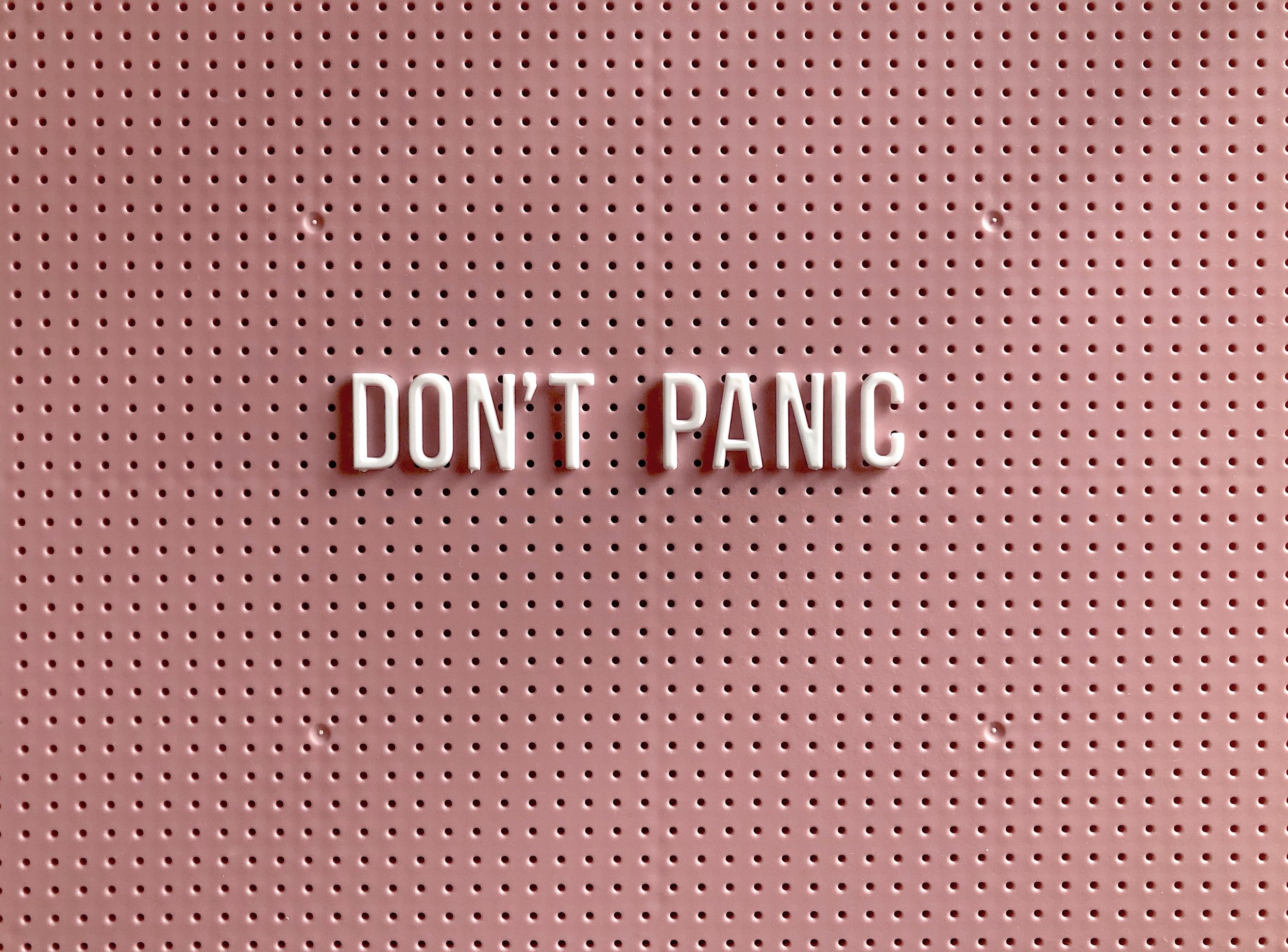
Fears & Phobias
Fears
It is normal to feel fear at times in our lives when we are facing a real threat or danger. This fear kick starts the body’s survival response to react by either fighting or running from the danger, so we are more likely to survive. These survival responses include, increased heart rate, fast shallow breathing, sweating, trembling to name just a few. They are all designed to bring resources such as oxygen quicker into the body and pump blood faster around the body to increase our chances of being able to get away or fight. This is a fantastic response when it is a real threat, but not so great when the mind thinks that the threat is real to our survival but it really isn’t and sets off the survival response anyway. This leaves us with debilitating fear over somewhat innocuous stimuli, events and situations. Fear can rule our lives letting us see only the darkness. It wants us to avoid the new and the unknown, constricting who we are and prevents us making right decisions and moving forward.
Some techniques to help live life free of fear include:
Identify your fears – what are you really afraid of
Control only what you can control and be confident in taking that control
Take action – whatever the situation, there is always something you can do
Focus on the real present and decide to live in the now
Believe that you can and will overcome your fear
Watch less news. News tends to be pessimistic and trains your brain to look for negativity
Look for good news stories. Write down all the good things you see and keep a gratitude journal
Trust yourself – you have made it through all that life has thrown at you so far
Take time out – relax and get some clarity of mind
Phobias
A phobia is a consistent fear about a particular object, environment or situation that isn’t necessarily life-threatening to other people but feels like it to the person experiencing it. Any exposure to the situation can cause the sufferers to feel crippled with the fear response and they will often go out of their way to avoid it.
Phobias are characterized by:
Persistent fear, despite being presented with evidence that the fear is unfounded
Exposure to the stimulus elicits intense fear and anxiety, sometimes even a panic attack
Irrational and unreasonable fear
The affected individual recognizes that the fear is unfounded and excessive (except in young children)
Powerlessness to control the intense fear
https://www.therecoveryvillage.com/mental-health/phobias/fear-vs-phobia/
Phobias can cause symptoms of anxiety and can include:
sweating
trembling
hot flushes or chills
shortness of breath or difficulty breathing
a choking sensation
rapid heartbeat (tachycardia)
pain or tightness in the chest
a sensation of butterflies in the stomach
nausea
headaches and dizziness
feeling faint
numbness or pins and needles
dry mouth
a need to go to the toilet
ringing in your ears
confusion or disorientation
In severe cases, you may also experience psychological symptoms, such as:
fear of losing control
fear of fainting
feelings of dread
fear of dying
https://www.nhs.uk/mental-health/conditions/phobias/symptoms/
The most common phobias include:
· Social phobias.
· Agoraphobia: fear of open spaces.
· Acrophobia: fear of heights.
· Aerophobia: fear of flying.
· Claustrophobia: fear of enclosed spaces.
· Entomophobia: fear of insects.
· Ophidiophobia: fear of snakes.
· Cynophobia: fear of dogs.
· Fear of needles and blood
For a list of phobias from A to Z go to
https://www.verywellmind.com/list-of-phobias-2795453
There may not be a clear reason why the phobia started but some ideas include:
Genetic predisposition - sometimes others in the family tree can have the same fear or phobia
An actual frightening encounter with the stimuli at an earlier age e.g., being bitten by a dog
Excessive long-term stress and anxiety which then morphs into a specific fear or phobia
Response to being fearful or anxious. i.e., may have experienced anxiety in a particular situation which led to a panic attack and are therefore fearful of it happening again, which leads to avoidance of the situation.
A learned response in childhood from family members or friends.
Past life experiences.
At 1 body therapies, we can help you with your fears or phobias using modalities such as
Call today for a consultation, 0427 249 335
